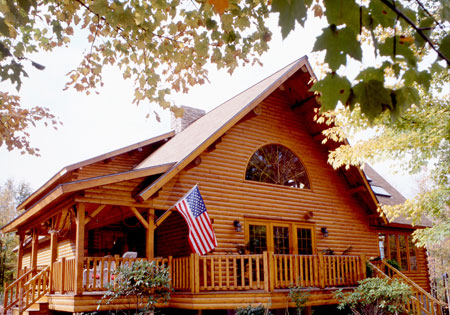Financing Log Homes
Posted by Ward Cedar Log Homes in Log Homes Step by Step Guide
You have been dreaming of a log home for awhile now and everything begins to come to fruition, but what about financing a log home? Some new homeowners have never dealt with construction loans. It is a new territory for them. It can be overwhelming at times; however it doesn’t need to be. At Ward Cedar Log Homes we want to provide you with the information and resources you need to make your dream happen. Ward has topics on log home design, construction, preparing your site, and maintenance tips along with information about financing.
Although Ward does not offer financing for our log home packages, our staff can provide you with details and refer you to lenders that we have worked with over the years.
How does a construction loan for a log home work you may wonder? Let’s take a look at the steps.
Get pre-qualified for a loan: This will help determine if the requested loan amount is within your budget for a new log home. This is not the same as applying for a loan. Pre-qualification will help you find out what the monthly payment is going to be and to make sure you qualify before going too far into the project.
Find you log home design: If you haven’t already done so, it’s time to determine what you are looking for in a log home. Discuss all the details to come up with a sales agreement. The lender you are working with will want you to provide a copy of the sales agreement.
Submit your loan application: The lender that you choose will provide you with a loan application and this will be the first thing they want to see completed. The application will tell a story of your financial situation. It will show your income, assets, and any debts that you may have. What the lender is looking for is your debt to income ratio which most lenders want to see it fall within 36% to 45%. The debt to income ratio is the percentage of your gross monthly income that is or will be consumed by monthly debt that includes your new mortgage payment, taxes, and insurance. In some cases lenders will allow you to exceed this ratio if you have an excellent credit history and an excellent credit score.
Home must be valued by an appraiser: The lender will want an appraiser to determine the approximate value of your log home. These calculations are then compared to other similar houses with similar locations, features, size, etc. Also known as comps. Many lenders prefer the comps to be of other log homes vs. traditional homes; however it is not always the case.
Draws: With construction loans you have a series of draws based on a schedule. The number of draws and amount of each one can be negotiated between the buyer, builder and the lender. It is common for the lender to require an inspection at each stage before the release of the money. This helps to ensure everything is on track and the money is spent as it should.
Loan Closing: Once you and your lender have figured out a draw schedule, you will meet with them and any legal representatives that may be necessary to proceed with the closing of your loan. This will spell out the terms and conditions of all those involved in the agreement.
Construction: Construction can now begin after your closing. As mentioned above, your lender will check the progress of the build to make sure things are going as planned to the draw schedule.
Construction to permanent arrangement: In most cases, construction loans are set up as interest-only loans, meaning you only pay interest on the money you have borrowed instead of paying down the principle loan balance. Once your log home has been completed and you have received your certificate of occupancy and full payment to the contractors has been made, the borrower’s construction load will roll over into a traditional mortgage. Lenders have been combining the two into a single 30-year loan with one closing.
It is never too early to start planning your home or log cabin. Get started today by viewing our floor plans and call us at 800-341-1566 or drop us an email.


Post Your Comment